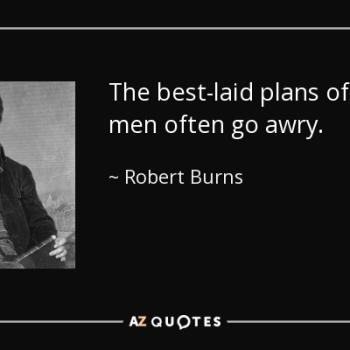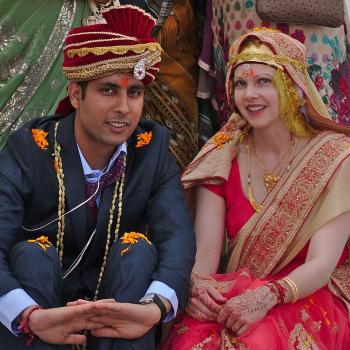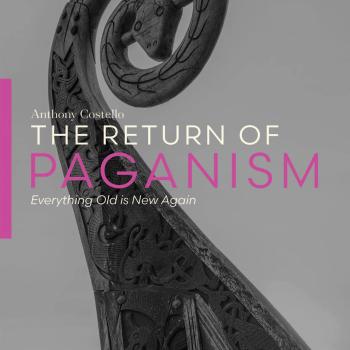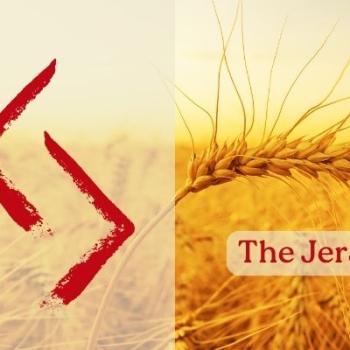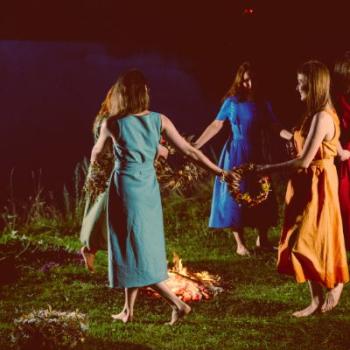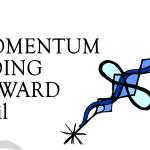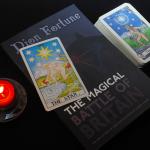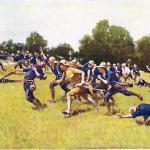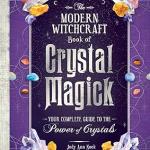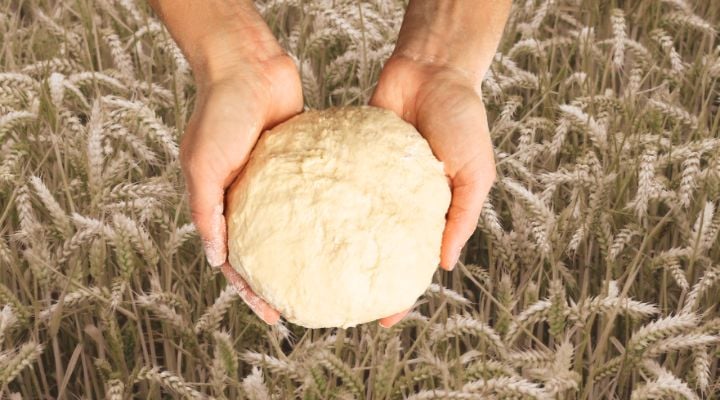
Whilst I’ll always be a witch and a pagan, I’ve found my rituals are a lot more simplified than they once were. The beliefs and practises are so far within me, I don’t need to externalise to internalise anymore. Magic and ritual is just a part of my everyday life.
A few years back I looked at the traditional pagan wheel of the year and realised it didn’t reflect my modern-day life as closely as I’d like it to.
Whilst it feels great to uphold traditions, the grain harvest of Lammas wasn’t part of my tradition. It wasn’t something I’d grown up with and didn’t call to me. My experience of Lammas time has always been getting together with fellow pagans, spending time with family, and going on holiday.
And there’s plenty of celebration and togetherness in the pagan calendar at Lammas.
This year, I looked at the sacrifices called for at Lammas, and realised, I’ve been making them for the last two years. I’ve ploughed financial and time resources into my studies, and along with these I’ve pruned areas of my life which weren’t producing fruit anymore.
It feels very much, as I look out at the fields of grain waiting to be harvested and at the fields already bearing stubble, I’ve done the sacrifice part so now time to focus on my harvest.
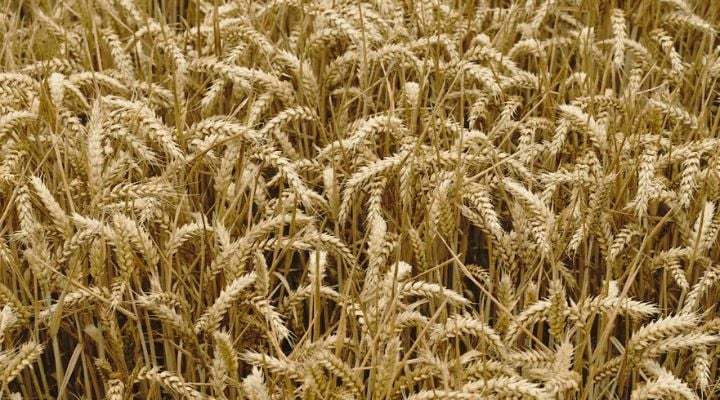
What better way to do this, than via making bread baking into a ritual.
As someone living with dyspraxia, I bake by eye. I know roughly how much salt, sugar, oil, yeast, and flour needs to go into bread. But I struggle with scales and measurements. Therefore my “recipe” is a little vague.
My ten year old has also spent a lot of time learning recently, so we baked our bread ritual together.
First, I mixed the wet ingredients – sunflower oil and tepid water. I then added the salt to this mixture and stirred it in (the point of this is to keep the salt away from the yeast while we take our time with the mixing and magic).
I then mixed standard bread flour, with caster sugar and yeast.
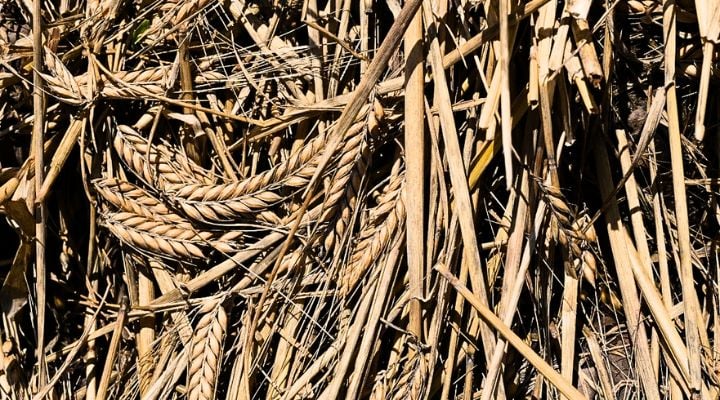
We found a locally produced flour to use for the “magic” part.
Finding a local grain isn’t essential but think about this being the special part of the bread, so maybe a spelt or a wholegrain would work well.
We took spoonsful of this flour and added it to the dry mix saying:
“I am thankful for _______ and I harvest _______”
Focusing on the skills we’d learnt and the way we’d like to use them in our lives going forward (and also what benefits we’d like them to bring us)
We then mixed all the dry ingredients, and added the wet ingredients (and salt, giving it a quick stir to mix the salt back into the liquid). As we added the liquid we said:
“I pour into the harvest my continued love and enjoyment”.
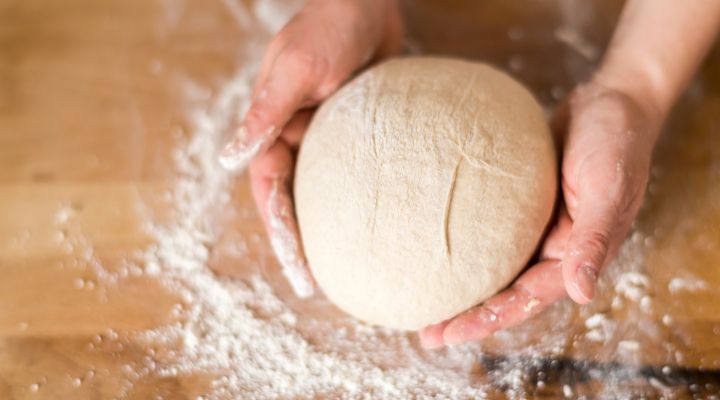
Then we mixed up that dough, kneaded it, left it to rise, and then baked it in the usual way.
And then looked forward to the best bit – eating the bread! Which we had with a homemade tomato and pepper soup.





